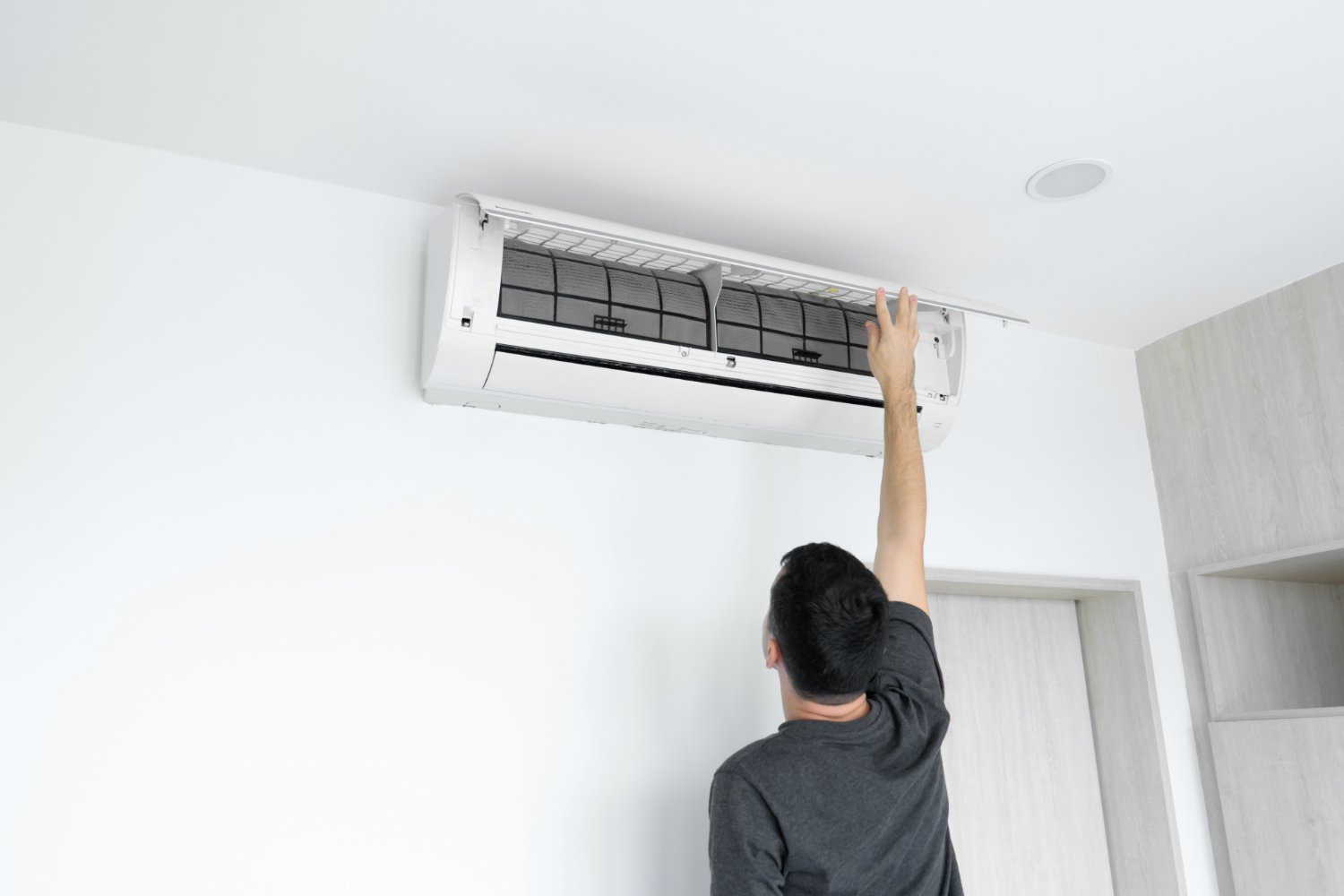Heating installation in commercial spaces is a significant undertaking that requires careful planning and execution. The comfort of your employees and clients, as well as the efficiency of your operations, largely depends on an adequately installed heating system. Understanding your heating needs and choosing the right solution is the first step toward creating a comfortable indoor environment.
Assessing the Heating Needs of Your Commercial Space
Before proceeding with heating installation, it’s crucial to assess the specific needs of your commercial space. Start by evaluating the size of the building. Larger spaces will typically require more powerful heating systems to ensure adequate warmth throughout. Measure the square footage and consider the height of the ceilings, as this will impact the amount of energy needed for effective heating.
Next, review the quality of the insulation. A well-insulated building will hold heat more effectively, reducing the demand on your heating system. Check the insulation in walls, ceilings, and floors, and make any necessary improvements to optimize energy efficiency. Poor insulation can lead to higher energy costs and less effective heating.
Another important factor is the layout of your commercial space. Open floor plans, multiple levels, and large windows can all affect how heat is distributed. Understanding these dynamics will help determine the best heating system for even and efficient temperature control. Consider consulting with our professionals to get a thorough evaluation tailored to your specific needs.
Choosing the Right Heating System
Choosing the right heating system for your commercial space involves considering various factors to ensure optimal performance and efficiency. One key option is a furnace replacement. If your existing system is outdated or inefficient, replacing it with a modern furnace can significantly improve heating efficiency and lower energy costs.
Consider whether a gas, electric, or dual-fuel system is the best fit for your building. Gas furnaces are highly efficient and cost-effective, but they require access to a natural gas line. Electric furnaces are easier to install and maintain, although they can be more expensive to operate. Dual-fuel systems offer flexibility by combining a gas furnace with a heat pump, allowing you to choose the most cost-effective heating method based on current conditions.
Another factor to consider is the heating service and maintenance requirements of the system. Opt for a system that can be easily serviced and has available parts. This ensures that any necessary heater repairs can be conducted quickly and without extensive downtime. Consult with our technicians to weigh the pros and cons of each system and select the one that best meets your commercial space’s needs. Careful consideration of these factors will help you choose a heating system that provides reliable, efficient, and cost-effective heating.
Key Factors in the Heating Installation Process
The heating installation process in commercial spaces involves several key factors that ensure successful implementation. Proper planning is essential. Begin by scheduling an initial consultation with our professionals to discuss your specific requirements. We will review the assessed heating needs and chosen system, ensuring all details are aligned.
Site preparation is another critical step. Ensure the installation area is clear of obstructions and that all necessary permits and approvals have been obtained. Our technicians will need access to various parts of the building, including ductwork and electrical systems, to complete the installation efficiently.
The installation itself must be executed with precision. Our technicians follow stringent guidelines to place and connect all components properly. This includes securing the furnace or heating unit, connecting it to ductwork, and ensuring all electrical and gas connections are safely installed. An essential part of the process involves testing the system thoroughly once installed, ensuring it operates as intended without issues.
Post-Installation Maintenance and Care
Once the heating installation is complete, ongoing maintenance and care are crucial for ensuring its longevity and efficiency. Regular maintenance tasks include filter replacement, checking thermostat settings, and inspecting the system for any signs of wear or damage. Scheduled maintenance by our professionals helps catch minor issues before they become major problems, preventing costly heating repairs and downtime.
Annual inspections are a crucial aspect of post-installation care. These inspections involve a comprehensive review of the entire heating system, including the furnace, ductwork, and thermostat. Our technicians will check for potential issues like leaks, blockages, and electrical faults. Early detection and correction of these problems help maintain the system’s efficiency and extend its lifespan.
Prompt attention to heater repairs is also essential. If you notice any irregularities, such as strange noises, uneven heating, or higher energy bills, contact our technicians immediately. Addressing these issues quickly can prevent them from escalating into larger, more expensive problems, ensuring the reliable performance of your heating system.
Conclusion
Proper heating installation in commercial spaces involves several critical steps, from assessing your heating needs to choosing the right system and ensuring thorough site preparation. Post-installation maintenance is equally important in maintaining system efficiency and longevity. By understanding and implementing these considerations, you can create a comfortable and energy-efficient environment in your commercial space.
Regular maintenance and prompt heater repairs are key to a reliable heating system. For professional heating installation in Mesa, as well as repair and maintenance services, contact Klee’s Climate Control LLC. Our experienced team is ready to help you ensure your commercial space remains warm and efficient throughout the year. Call us today to schedule a consultation and take the first step toward optimal heating solutions for your business.


















